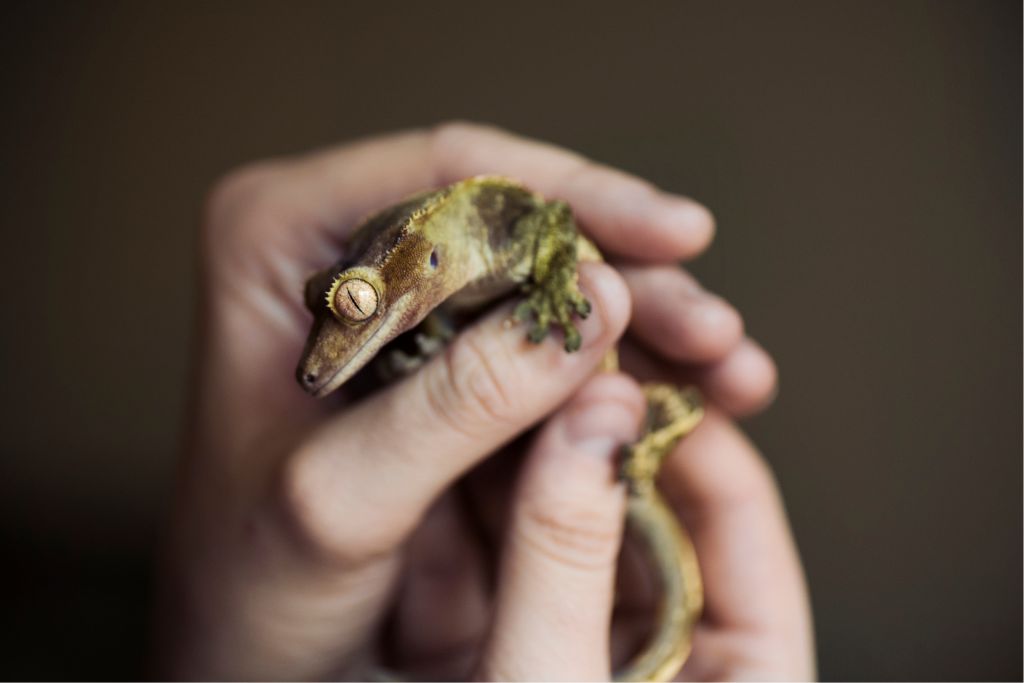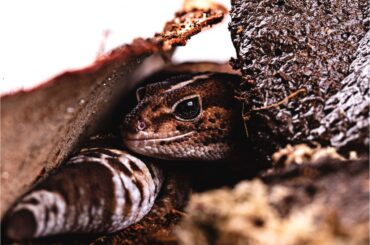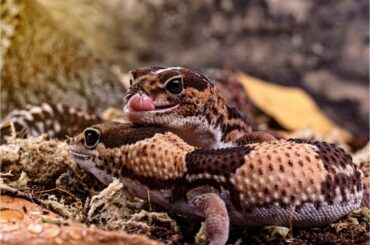Have you ever wondered if your crested gecko enjoys being held? These unique reptiles’ calm demeanor and exotic look have made them popular pets. As a crested gecko owner, you may wonder how your pet reacts to human touch, primarily being held.
Reptile lovers admire crested geckos for their crests on the back of their heads and their ability to climb and stick. These adorable animals are famous pets due to their small size, easy care, and appealing personality. Despite their popularity, studying their behavior and preferences is fascinating.
Our focus lies in exploring the realm of human interaction, honing in on the act of holding crested geckos. Let’s explore the crested gecko’s embrace and discover its mysteries.
Understanding Crested Geckos’ Natural Behavior
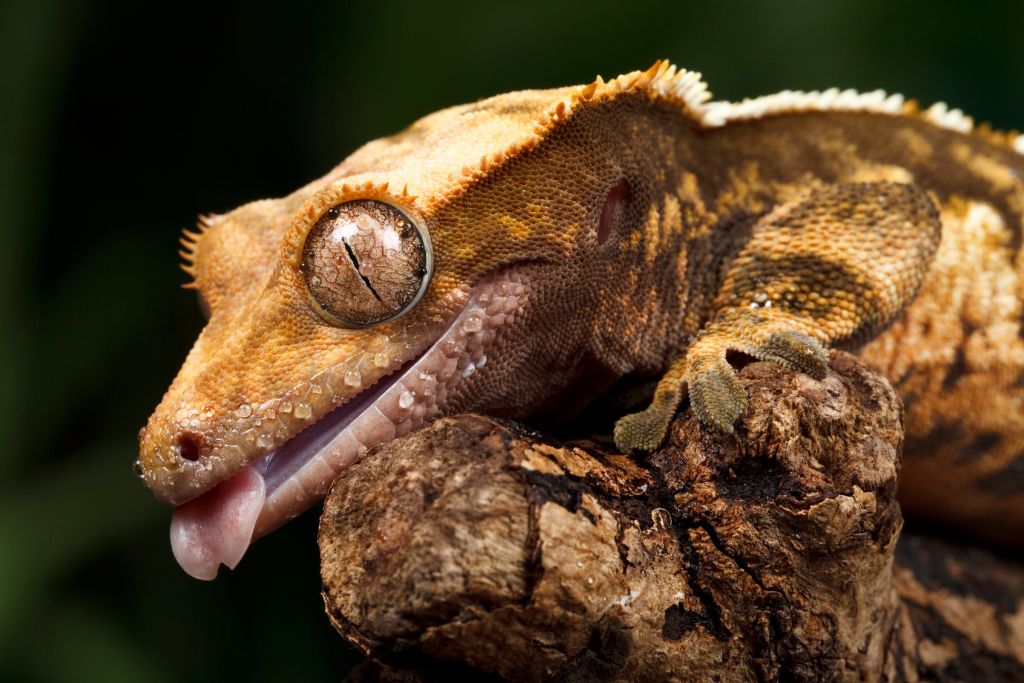
Crested geckos, with their unusual look and pleasant disposition, are from New Caledonia’s lush rainforests. These little reptiles are excellent climbers in their natural habitat, spending most of their time in trees and bushes. They use their highly developed toes to hold trees and explore leafy environs like gecko acrobats.
After dark, crested geckos use their vast, spherical eyes to navigate the jungle and discover delectable insects to eat. Understanding these wild behaviors is crucial when caring for crested geckos as pets. Since they’re used to climbing and exploring, being held might be a strange and stressful experience for them.
When we interact with our geckos, we must be gentle and patient, letting them gradually get used to our touch. By respecting their natural instincts, we create a safe and happy environment for these incredible little creatures.
Crested Gecko Behavior in Captivity
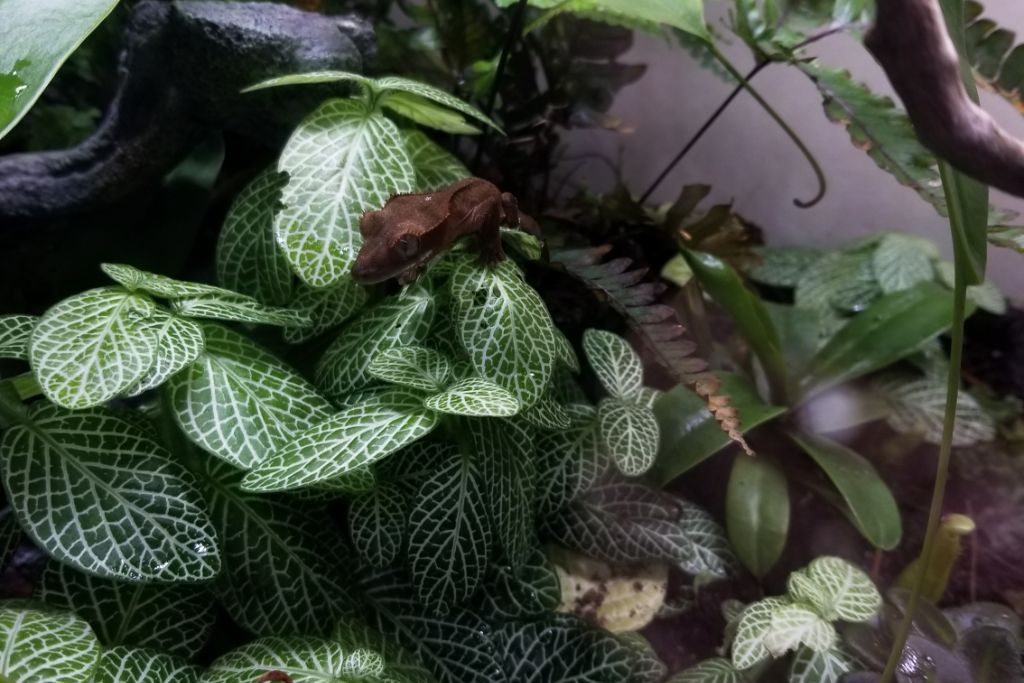
Crested geckos in captivity are beautiful creatures who quickly acclimate to their new homes and show off their personality. Some might be bold and outgoing, while others prefer a more private lifestyle.
When handling these cool geckos, their reactions can be pretty interesting. Some may feel shy and prefer to hang out in their cozy hiding spots, observing the world with those big eyes.
Others are like explorers, curiously checking out everything, including your hands! It’s essential to understand and respect their preferences, just like we have our comfort zones.
Taming is like becoming the best pals with your crested gecko. It requires patience, letting them grow acclimated to you, and slowly establishing yourself as a friendly giant. You can build trust and bond with your scaly friend with patience and gentleness.
Factors Influencing Crested Gecko Handling Preferences
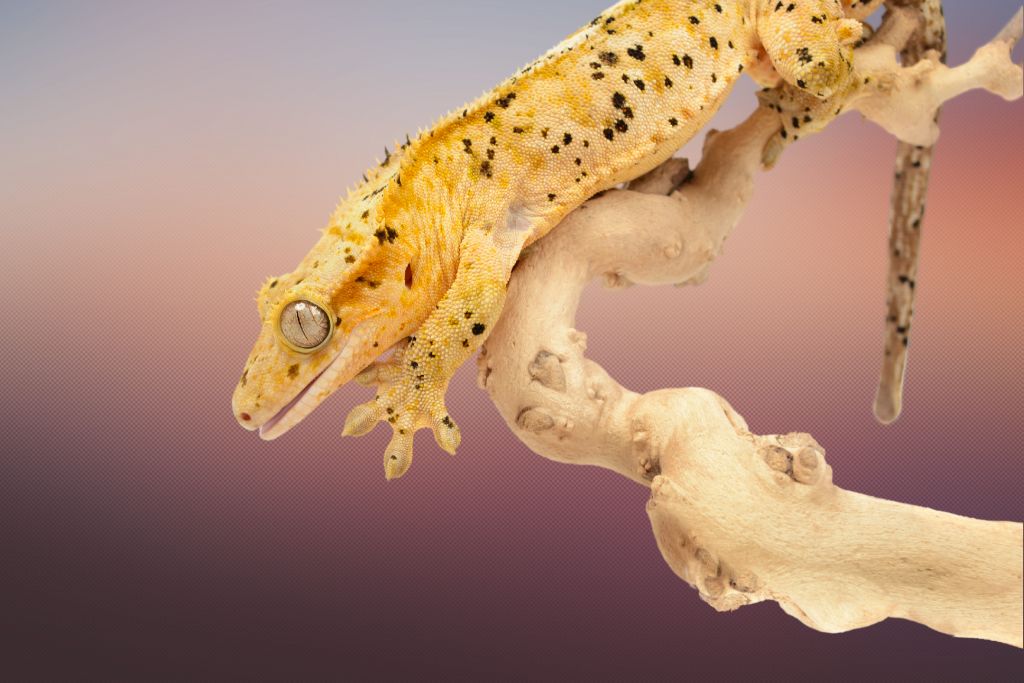
Crested geckos, like people, have their unique preferences when it comes to being handled. Understanding these factors can help you build a better bond with your scaly friend.
Comfortable Environment
Crested geckos feel more at ease in a cozy and familiar setting. A relaxing atmosphere with hiding spaces and a constant temperature can make them handleable.
Gradual Introduction
Take it slow and easy when meeting a crested gecko for the first time. Approach them calmly, allowing them to get used to your presence before attempting to handle them.
Time of Day
Believe it or not, the time of day matters to crested geckos. They are often more active during the evening. Trying to handle them during this time might yield better results. Respect their natural rhythm.
Temperature Regulation
Crested geckos are cold-blooded, relying on external warmth to regulate their body temperature. Keeping their habitat at the right temperature can improve their handling comfort.
Handling Frequency
Like any creature, crested geckos need their personal space. Handling them too frequently can cause stress, so striking a balance is essential. Respect their need for alone time to maintain a positive relationship.
Gentle Touch
When handling crested geckos, a gentle touch is key. As delicate creatures, a light, confident touch might help them feel secure and more inclined to contact with humans.
Respecting Body Language
Crested geckos communicate through body language. Pay attention to their cues. If they show signs of stress, such as flattened bodies or vocalizations, it’s best to give them some space. A relaxed gecko is a happy gecko.
Building Trust and Bonding with Your Crested Gecko
Creating a strong connection with your crested gecko is a delightful journey, filled with joy and companionship. Simple but effective methods can strengthen your friendship with your crested gecko. Here are practical tips to make handling more comfortable for your crested gecko:
- Start by saying “hello” with calm and slow movements. Slowly let your gecko get used to your hand, making it a positive experience.
- Your crested gecko adores a comfortable home. Ensure their habitat is warm, well-lit, and filled with hiding spots.
- When your gecko does something good, celebrate it! Positive reinforcement, like offering a tasty treat or a gentle pat, helps them associate you with happy experiences.
- Spend time with your crested gecko consistently. This routine allows them to recognize you as a friendly face, and they’ll eagerly anticipate your visits.
- Surprise your crested gecko with occasional treats. This extra love reinforces your bond, making them feel valued and cherished.
Recognizing Signs of Discomfort or Stress
Caring for your crested gecko is exciting, but it’s crucial to understand how they communicate. Here are some key signs to help you recognize when your crested gecko is not feeling its best.
Watch Their Body Language
When handling your crested gecko, pay close attention to their body language. If stressed, they might flatten their body against your hand or puff up their body. Understanding these cues helps you respond appropriately.
Listen for Vocalizations
While geckos aren’t known for being chatterboxes, they can communicate through soft chirps or hisses. These vocalizations may indicate discomfort or stress, providing an auditory clue to their emotional state.
Tail Movements
The tail is a crucial indicator of a crested gecko’s well-being. If they exhibit rapid tail movements or twisting, it could signify unease. A calm, relaxed tail suggests contentment.
Eye Communication
Eyes are the windows to the soul, even for geckos! Dilated pupils or constant blinking may suggest stress. On the contrary, slow, deliberate blinks indicate relaxation.
Color Changes
Crested geckos can change color based on their mood. Darker colors may indicate stress, while bright and vibrant colors signal a happy and content gecko.
Alternatives to Handling
Ever wondered about the best ways to connect with your crested geckos? Here are some fantastic alternatives to the usual handling routine that can make your gecko interactions more enjoyable!
Hand-Feeding
Instead of simply picking them up, try hand-feeding your crested geckos. Offer them tiny treats using tweezers or your fingers, allowing them to associate your presence with positive experiences.
Playtime Outside the Enclosure
Give your crested geckos some space outside their enclosure for playtime. Create a safe and supervised environment, and let them explore. Watching them climb, jump, and explore can be fascinating, allowing them to stretch their legs!
Create a Gecko Paradise
Enhance their enclosure with branches, plants, and cozy hideouts. Mimicking their natural habitat provides physical exercise and stimulates their natural instincts.
Soft Vocal Interactions
While crested geckos don’t understand human language, they can recognize tones. Speak to them gently with a soft and calm voice. This can create a positive atmosphere and help them feel more comfortable around you.
Conclusion
Everyone, especially proud crested gecko owners, must respect and honor these amazing tiny creatures’ preferences. Just like people, geckos have their quirks and preferences. Some might enjoy cozy hideouts, while others prefer a room with a view. Our scaly friends are happier and healthier when we understand and respect their differences.
Taking care of our geckos is a big responsibility. It means giving them the right food, creating a comfortable home, and always being there for them. You’re their guardian, making sure they have the best life possible.
FAQs
Is It Good to Hold Your Crested Gecko?
Yes, it is generally good to hold your crested gecko, but be gentle and handle them with care to avoid stress.
How Do You Comfort a Crested Gecko?
To comfort a crested gecko, provide a secure, quiet environment, offer a well-maintained habitat with hiding spots, maintain proper temperature and humidity levels, and handle them gently to build trust over time.

